The Kitchenware Market is currently characterized by a dynamic competitive landscape, driven by innovation, sustainability, and digital transformation. Major players such as Tefal (FR), Cuisinart (US), and KitchenAid (US) are actively shaping the market through strategic initiatives that emphasize product differentiation and consumer engagement. Tefal (FR) has positioned itself as a leader in non-stick cookware, focusing on eco-friendly materials and smart technology integration. Cuisinart (US) continues to innovate with its multifunctional kitchen appliances, appealing to the growing trend of home cooking. KitchenAid (US) leverages its strong brand heritage to enhance customer loyalty, particularly through premium product offerings and personalized marketing strategies. Collectively, these strategies contribute to a competitive environment that prioritizes quality and consumer experience over mere price competition.
In terms of business tactics, companies are increasingly localizing manufacturing to reduce lead times and enhance supply chain resilience. This approach appears to be a response to the complexities of global logistics and fluctuating consumer demand. The Kitchenware Market is moderately fragmented, with a mix of established brands and emerging players. The collective influence of key players fosters a competitive structure where innovation and brand reputation are paramount, allowing companies to carve out niche markets while maintaining a broad appeal.
In August 2025, Tefal (FR) announced the launch of its new line of eco-friendly cookware, which utilizes recycled materials and aims to reduce carbon emissions during production. This strategic move not only aligns with global sustainability trends but also positions Tefal (FR) as a forward-thinking brand committed to environmental responsibility. The introduction of this product line is likely to attract environmentally conscious consumers, thereby enhancing brand loyalty and market share.
In September 2025, Cuisinart (US) unveiled a partnership with a leading meal kit service to offer exclusive kitchenware bundles. This collaboration is indicative of Cuisinart's (US) strategy to integrate its products into the evolving culinary landscape, where convenience and quality are increasingly valued. By aligning with meal kit services, Cuisinart (US) not only expands its customer base but also reinforces its position as a go-to brand for home chefs seeking quality tools.
In October 2025, KitchenAid (US) launched an innovative smart kitchen appliance that integrates with popular home automation systems. This development reflects KitchenAid's (US) commitment to digital transformation and the growing trend of smart home technology. By enhancing the functionality of its products, KitchenAid (US) is likely to attract tech-savvy consumers, thereby differentiating itself in a competitive market.
As of October 2025, the Kitchenware Market is witnessing a pronounced shift towards digitalization, sustainability, and the integration of artificial intelligence in product offerings. Strategic alliances, such as partnerships between kitchenware brands and tech companies, are shaping the competitive landscape, fostering innovation and enhancing consumer engagement. Looking ahead, competitive differentiation is expected to evolve, with a greater emphasis on technological advancements and supply chain reliability, moving away from traditional price-based competition. Companies that prioritize innovation and sustainability are likely to emerge as leaders in this rapidly changing market.


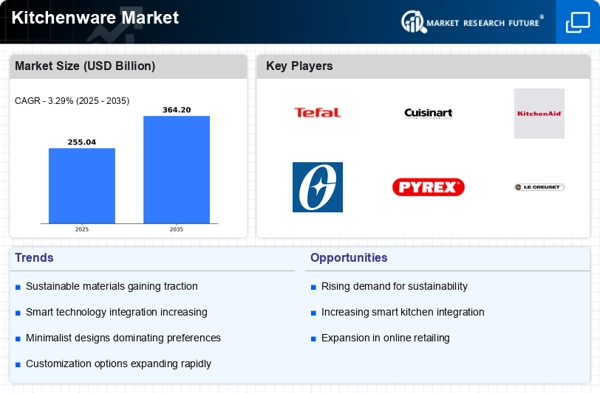
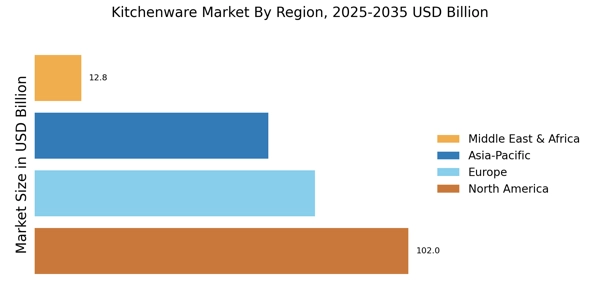
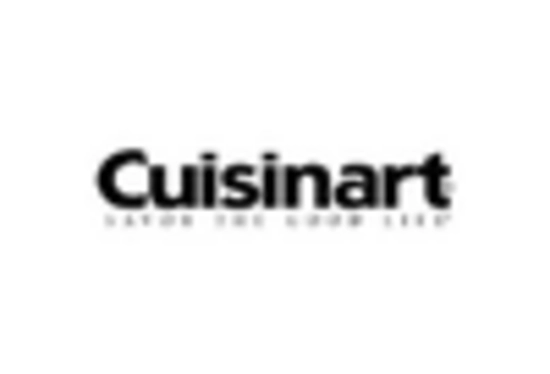
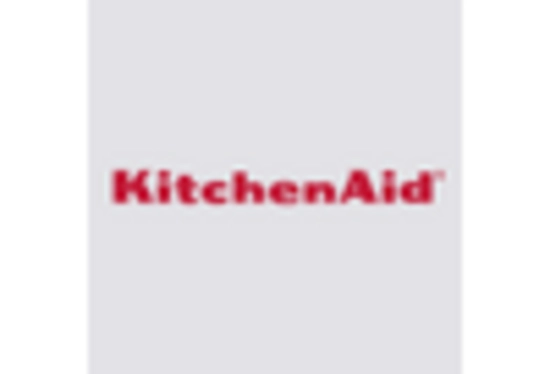
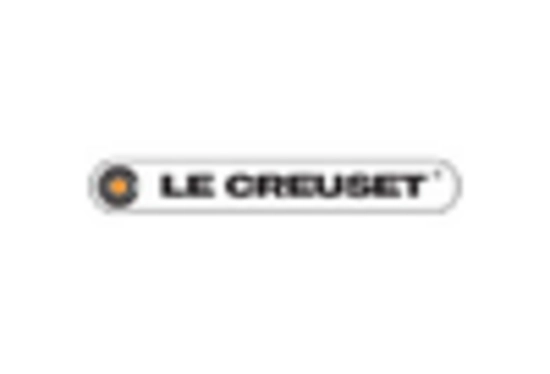

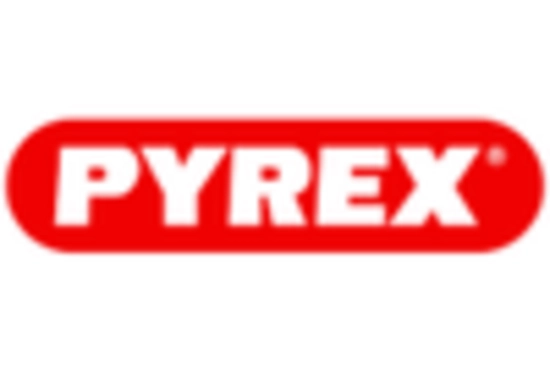
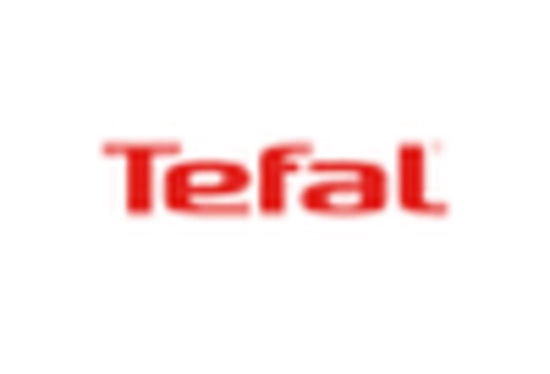








Leave a Comment